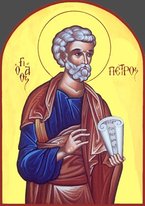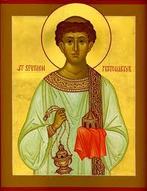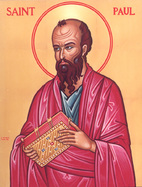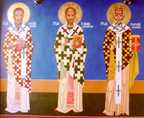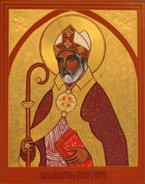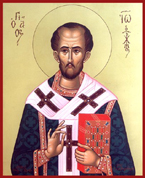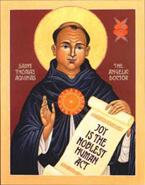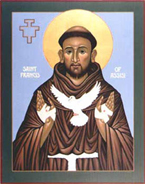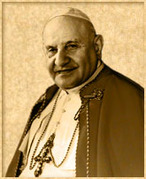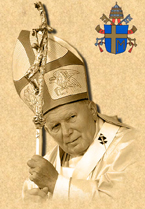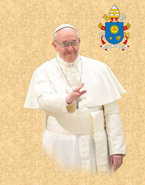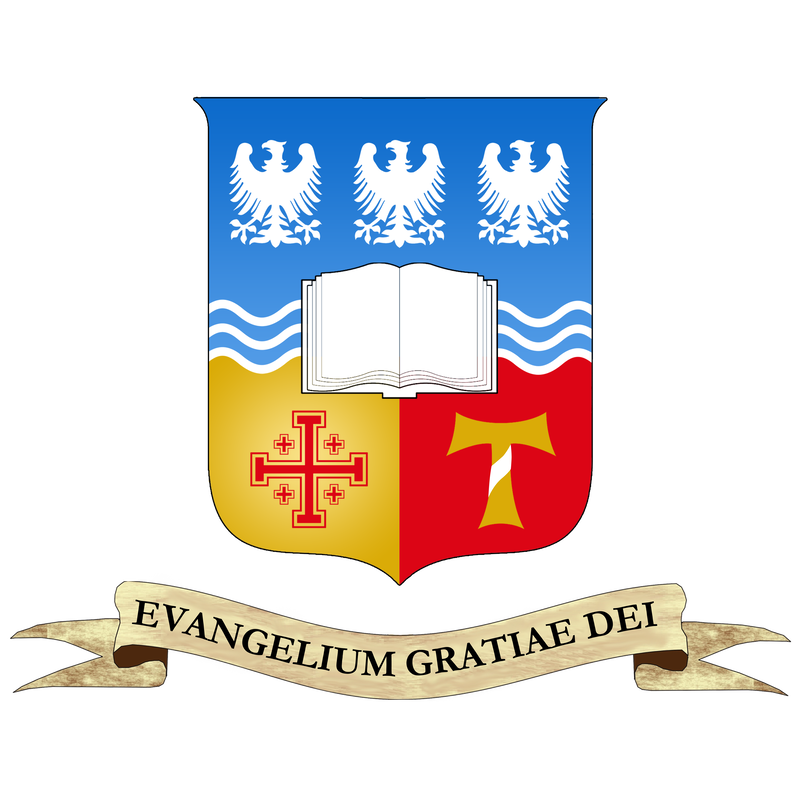|
Below are some salient points of responses I have to this week's article on the Herald (published on 24 February) about the veneration of the ancestral tablet, which is in turn a response to my earlier article published the previous week (10 February). Click here to read the article first. 1. There is no such thing as "Chinese sacramentals". An object / gesture is either a sacramental or it is not. And as far as the Church is concerned, not everything can be considered a "sacramental" just because it is felt to be helpful for one's devotional purpose. The appropriate category for the practice in question (veneration of ancestors or the ancestral tablet) is "popular piety" (CCC 1675). While there may be allowance for such practices in the devotional life of the faithful, they cannot be properly called "Chinese sacramentals". 2. According to a number of senior clergy I have consulted, this practice was never brought in by the Chinese priests or practised in the context of the Mass. It entered Malaysia only in the 1980s when it was brought in by priests who were trained in Taiwan. It is probably therefore untrue that this practice has such a long history in Malaysia as claimed in the article. 3. It hardly seems possible that a pope would interpret his own decree as an abrogation of his predecessors' decrees. To interpret a document in such a way is to apply the hermeneutic of rupture or discontinuity, this being a methodology of interpretation that Pope Benedict XVI keeps warning us against. Just because a new document seems to "contradict" prior documents by previous popes does not mean that there is formal contradiction. All seeming "contradictions" have to be interpreted in the light of decrees that have already been issued, and the earlier warnings from previous decrees should be seriously heeded. So Pope Pius XII's encyclical does not naturally mean that the decrees of Popes Clement XI and Benedict XIV can now be ignored. 4. The "unity of the faithful" is neither created nor enhanced by pious practices like the one in question. Our unity and full communion with one another stem from our obedience to the moral and faith teachings of the Church, to the apostolic form of governance, and to the canonical disciplines of the Church. Therefore, it is unjust to accuse anyone who refuses to participate in such pious practices of sowing discord. If any confusion has been created among the faithful, it is because of the presence of this practice rather than a person's refusal to participate in it. Moreover, the insistence that all must participate in it at the tailend of the Mass as a sign of unity undermines the authentic ontological unity reflected in the Eucharistic celebration that has just taken place. Even the receiving of Communion is not made compulsory that way, what more this. 5. Notice that in all the documents cited in the article, there is no mention (in any of those pertinent documents) of the practice of venerating the ancestral tablet in the context of the Mass. Even in the Catechism of the Catholic Church, intimations of this practice is found only under the category of "popular piety", not in the liturgy. At best, it is equal only to practices such as "the veneration of relics, visit to sanctuaries, pilgrimages, processions, the stations of the cross, religious dances, the rosary, medals, etc" (CCC 1674), all of which are done outside of the Mass. 6. My question still remains (even though I am not intimating that the practice of veneration of the ancestral tablet should be terminated definitively): since this practice in China was permitted for the purpose of removing unnecessary impediments to people's reception of the Gospel, does this practice in Malaysia pose any positive impact on our evangelisation efforts? If yes, it is wonderful. If not, why do we keep doing it, unless it is part of our daily custom? For those who are incessantly insisting on this practice, are they doing it regularly in their homes? Because it is in this context that the Church documents mention such a practice of popular piety, NOT in the Holy Mass. 7. Also, notice in my previous article (which provoked this recent article in response) never vehemently insisted that this practice should be discontinued. All I did in the article was to present some factors for consideration in deciding on the wisdom of such a practice. I think the people who would be least offended by this article would be those who took a balanced (centrist?) view on the issue. Admittedly, it has the potential to seriously offend both proponents and opponents of the practice who stand on either extreme. 8. Finally, whatever else one may say about this issue, point 257 of the Directory on Popular Piety and the Liturgy: Principles and Guidelines (2001) published by the Holy See cannot be discounted. Deeply rooted cultural elements connoting particular anthropological concepts are to be found among the customs and usages connected with the 'cult of the dead' among some peoples. These often spring from a desire to prolong family and social links with the departed. Great caution must be used in examining and evaluating these customs. Care should be taken to ensure that they are not contrary to the Gospel. Likewise, care should be taken to ensure that they cannot be interpreted as pagan residues. [Highlight mine] Could it be that the reactions this practice has provoked stems from it having been interpreted as a pagan residue?
1 Comment
Dominic
1/1/2014 04:16:30 am
I have found this informative and helps to understand the sacredness of the unadulterated Eucharist service
Reply
Leave a Reply. |
Categories
All
Archives
December 2021
|
|
FOLLOW DEACON SHERMAN DEACON'S FORMATION FB GROUP
© 2021 Sherman Kuek. All rights reserved.
|

 RSS Feed
RSS Feed
